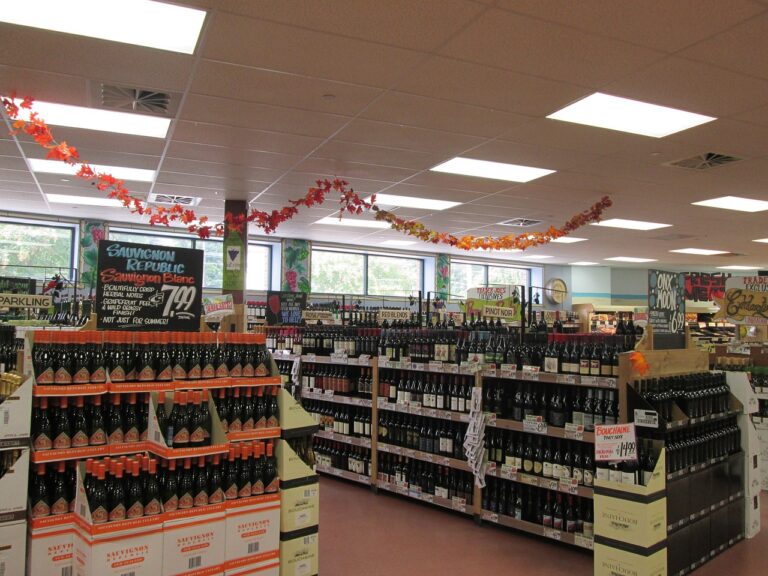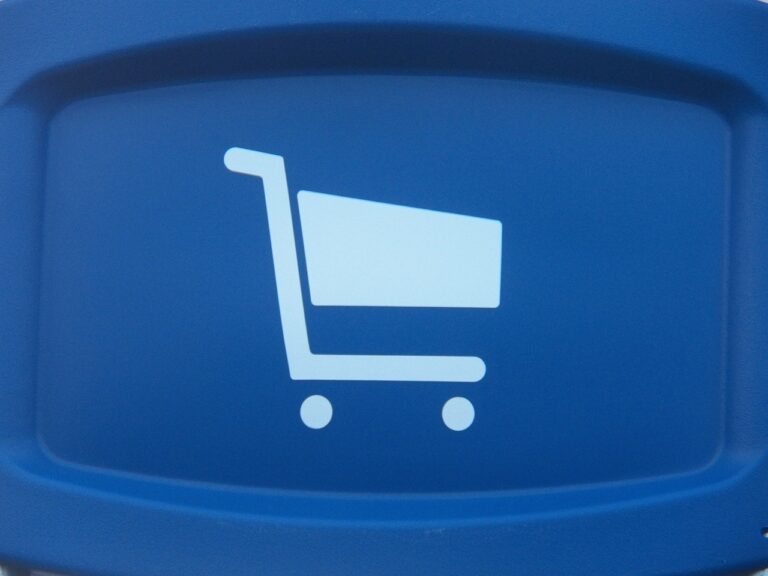The Psychology of Impulse Buying: Understanding Triggers and Control
Impulse buying is a spontaneous decision made by consumers to purchase a product or service without prior planning. It often occurs due to a sudden urge or desire triggered by various external factors such as seeing a promotional offer or feeling a need to treat oneself. This type of buying behavior is characteristically driven by emotion rather than rational decision-making, leading individuals to make purchases based on immediate gratification rather than careful consideration of their needs or budget constraints.
People engaging in impulse buying may experience a sense of excitement or pleasure in the moment of the purchase, but may later feel regret or guilt over the impulsive decision. Retailers and marketers often capitalize on this behavior by strategically placing items near checkout counters or running time-limited promotions to encourage impulsive purchases. Understanding the psychology behind impulse buying can help consumers become more aware of their triggers and resist the urge to make unnecessary purchases impulsively.
Understanding the Emotional Aspect
Impulse buying is often driven by emotions rather than rational decision-making. When consumers make purchases on impulse, it is often influenced by feelings of excitement, desire, or even stress. These emotional triggers can override logical thinking and lead individuals to make spontaneous purchases without thoroughly considering the consequences.
Marketing strategies play a crucial role in tapping into consumers’ emotions to drive impulse buying behavior. From using persuasive language to creating visually appealing advertisements, marketers employ various techniques to evoke specific emotions that prompt consumers to make impulse purchases. By understanding the emotional drivers behind impulse buying, businesses can tailor their marketing efforts to effectively target consumers’ desires and capitalize on their emotional responses.
The Role of Marketing Strategies
Effective marketing strategies play a crucial role in influencing consumer behavior and promoting impulse buying. Through various tactics such as limited-time offers, product placement, and persuasive messaging, marketers aim to create a sense of urgency and desire in potential customers.
By utilizing techniques like attractive packaging, prominent displays, and emotional appeals in advertisements, companies strategically attract consumers’ attention and trigger impulsive purchasing decisions. These strategies often capitalize on consumers’ emotions, desires, and subconscious impulses to drive sales and boost revenue.





